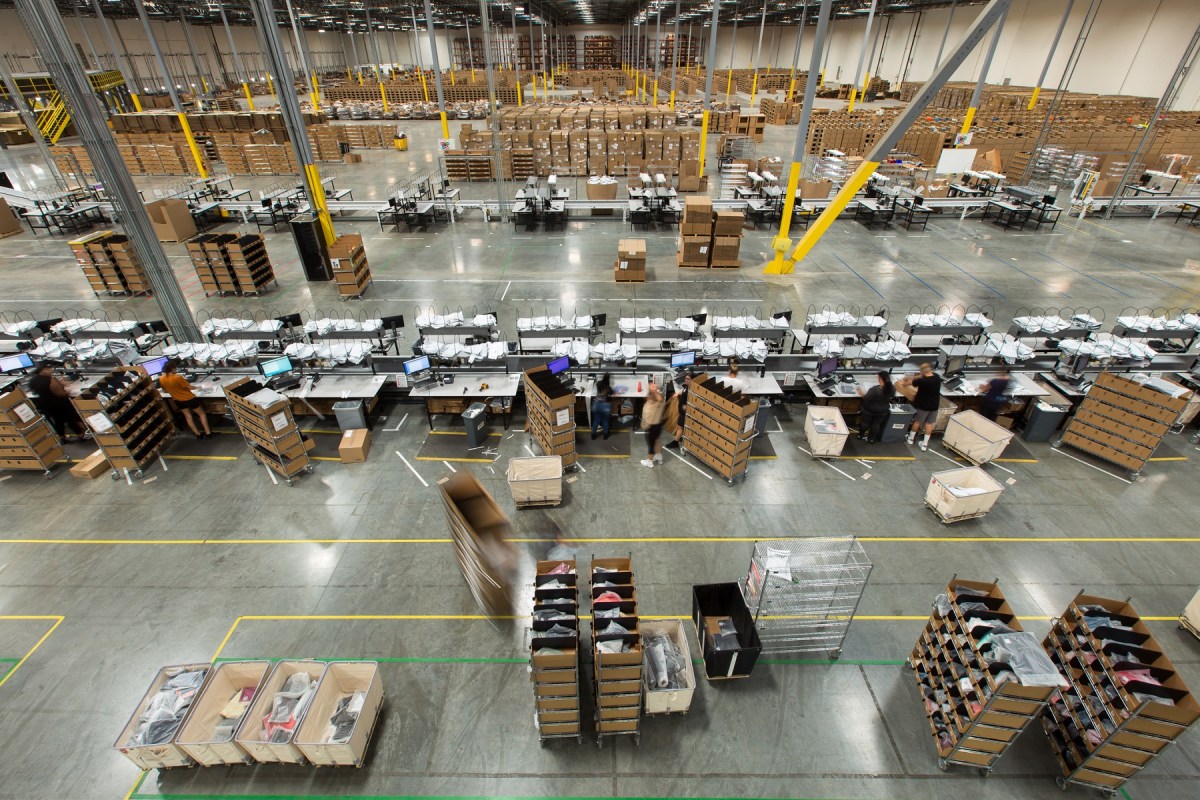November marks the beginning of the peak sales season. Click Frenzy (8-10 November 2022), Black Friday (25 November 2022) and Cyber Monday (28 November 2022) bring in huge sales for ecommerce and retail small businesses across Australia. As these sales events fast approach, many retailers are in full preparation mode to manage the increased sales volumes, stockpiling inventory and scaling their delivery capacity.
For some retailers, the peak sales season will be critical to clear their warehouses. Not too long ago, retailers were dealing with bare shelves brought-up by global supply chain bottlenecks and unprecedented consumer demand fuelled by COVID-19 lockdowns. Now, retailers are dealing with the exact opposite problem: excess inventory. As consumer spending changes, many retailers are left with merchandise they can’t move.
As Macy’s CFO Adrian Mitchell describes, there is the possibility of an “elevated promotional environment” given the high levels of inventory across the industry. Product markdowns and sales discounts will be essential to correct inventory levels within overstocked categories. The chronic undersupply of warehouse space in Australia only adds to this problem, with industrial and logistics vacancy rates at record lows.
As a result, many retailers are dealing with too much stock on hand and too few warehouses to stock it. This looming inventory and warehousing crisis could lead to revenue challenges for retailers. To prevent or resolve costly excess inventory ahead of peak season, there are a couple of strategies retailers can take.
Start with demand forecasting
To move merchandise and make optimal markdown decisions, retailers need to forecast all demand drivers including store demand, online fulfillment demand and returns for every SKU. Demand planning software can help retailers pull in data across POS, inventory, product lifecycle and production lead times, as well external demand signals such as seasonality, inflation, interest rates and other market conditions.
Retailers can then turn these data insights into strategy to handle changes in customer demand. For instance, optimising their warehousing capacity and teams for large volumes of new orders.
Consider alternative warehousing options
To manage excess inventory and low industrial and logistics vacancies, retailers should consider outsourcing their warehousing and order fulfillment requirements to a third-party ecommerce fulfillment provider or 3PL. For small to medium retailers, 3PLs can improve delivery times and lower distribution costs by effectively managing stock locations and scaling the volume of inventory, meaning less time managing stock.
3PLs like eStore Logistics operate robotic warehouses and fulfillment centres, with AI-powered autonomous mobile robots (AMRs) to retrieve and store inventory. AMRs can pack orders up to four times faster than a traditional fulfilment centre – helping retailers to pack and move stock faster, and optimise operations based on incoming orders and future demand for peak periods such as Black Friday, Cyber Monday and Christmas.
Revamp your delivery service processes
A streamlined delivery process is imperative to manage high stock levels and get orders out the door fast.
Today, many Australian shoppers are expecting a flexible “buy now, get now” ecommerce experience.
For most small to medium online retailers, cost effective and fast order delivery and customer satisfaction can only be achieved through advanced centralised logistics. Warehouse robotics, only just taking off in Australia, cost effectively enables same-day-order fulfilment as late as 4pm. The centralised model also means less commitment to expensive inner-city commercial space and in eStore Logistics’ instance, warehouse space can be dialled up and down as customers require, so retailers only pay for space they need.
For many retailers, the peak retail season starts far earlier than the Cyber Week and Christmas rush. Consumers are shopping earlier and earlier each year, and an influx of orders compressed into a far shorter period of time than normal means a strain on the business. A key way to ensure stock levels are managed is to manage customers’ expectations by having clear cut-off periods for holiday delivery. Many retailers fall into the trap of over-promising, but reliable delivery is better than next-day delivery.
As a business owner, you have to learn new ways to grow and adapt your retail business every day. As the holiday season fast approaches, many retailers must be prepared to juggle inventory levels whilst meeting growing consumer demands. Although excess inventory does not mean a fork in your businesses’ side, rather with the right planning, delivery and warehousing options an opportunity for businesses to maximise profits and have their most booming sales year yet.
Leigh Williams is founder and managing director of eStore Logistics.

